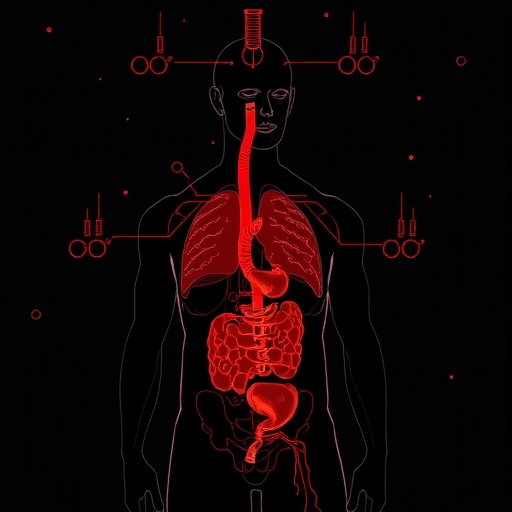Researchers at the University of North Carolina at Chapel Hill and partners have found strong evidence that rates of heat-related illnesses, such as heat cramps and heat strokes, were reduced by half in states that had mandated guidelines to reduce exertional heat illness among high school football players. This is one of the first studies examining the effectiveness of state-mandated guidelines for reducing exertional heat illness among high school football players and it provides compelling evidence that exertional heat illness can be prevented through mandated safety policies.
The study’s findings were published on April 10 in Environmental Health Perspectives.
Heat-related illness is a potentially life-threatening injury for high school athletes and is most common among high school football players. Tough physical practices in hot, humid conditions increase the risk of a wide range of exertional heat illness conditions. In 2009, the National Athletic Trainers’ Association Inter-Association Task Force released guidelines to reduce the risk of exertional heat illness for high school athletes. The guidelines allow high school athletes to adapt physiologically to the conditions and the intensity of practice during the initial 14 consecutive days of the preseason. However, until this study, the effectiveness of these guidelines had never been demonstrated.
Zachary Kerr, assistant professor of Exercise and Sport Science in the UNC College of Arts & Sciences and core faculty at the UNC Injury Prevention Research Center, is lead author of the study. “The findings are impactful because they highlight the potential benefits of state high school associations mandating injury prevention guidelines that aim to protect the safety and well-being of student-athletes,” said Kerr.
For this study, Kerr and his team examined exertional heat illness during high school football practices in the U.S. between 2005 and 2017 using data from the High School Reporting Information Online system. The data was compared between states with and without mandated National Athletic Trainers’ Association Inter-Association Task Force guidelines. The research team found that during 2,697,089 athlete-exposures, which are defined as a single preseason practice activity by one athlete, 190 exertional heat illnesses were reported. The preseason exertional heat illness rates were 55% lower in states during years when the guidelines had been mandated.
Many injury prevention policies are created, adopted, and implemented, but few have been scientifically evaluated. This study is one of the first to evaluate a policy that aims to reduce the frequency of exertional heat illness in high school football.
###
Research collaborators for this study included faculty from the University at Buffalo-SUNY, University of Colorado, University of Connecticut, and University of North Carolina at Greensboro.
To learn more, read the full story.
About the University of North Carolina at Chapel Hill
The University of North Carolina at Chapel Hill, the nation’s first public university, is a global higher education leader known for innovative teaching, research and public service. A member of the prestigious Association of American Universities, Carolina regularly ranks as the best value for academic quality in U.S. public higher education. Now in its third century, the University offers 74 bachelor’s, 104 master’s, 65 doctorate and seven professional degree programs through 14 schools including the College of Arts & Sciences. Every day, faculty, staff and students shape their teaching, research and public service to meet North Carolina’s most pressing needs in every region and all 100 counties. Carolina’s nearly 330,000 alumni live in all 50 states, the District of Columbia, US Territories and 161 countries. Over 178,000 live in North Carolina.
Media Contact
Audrey Smith
[email protected]
http://dx.




